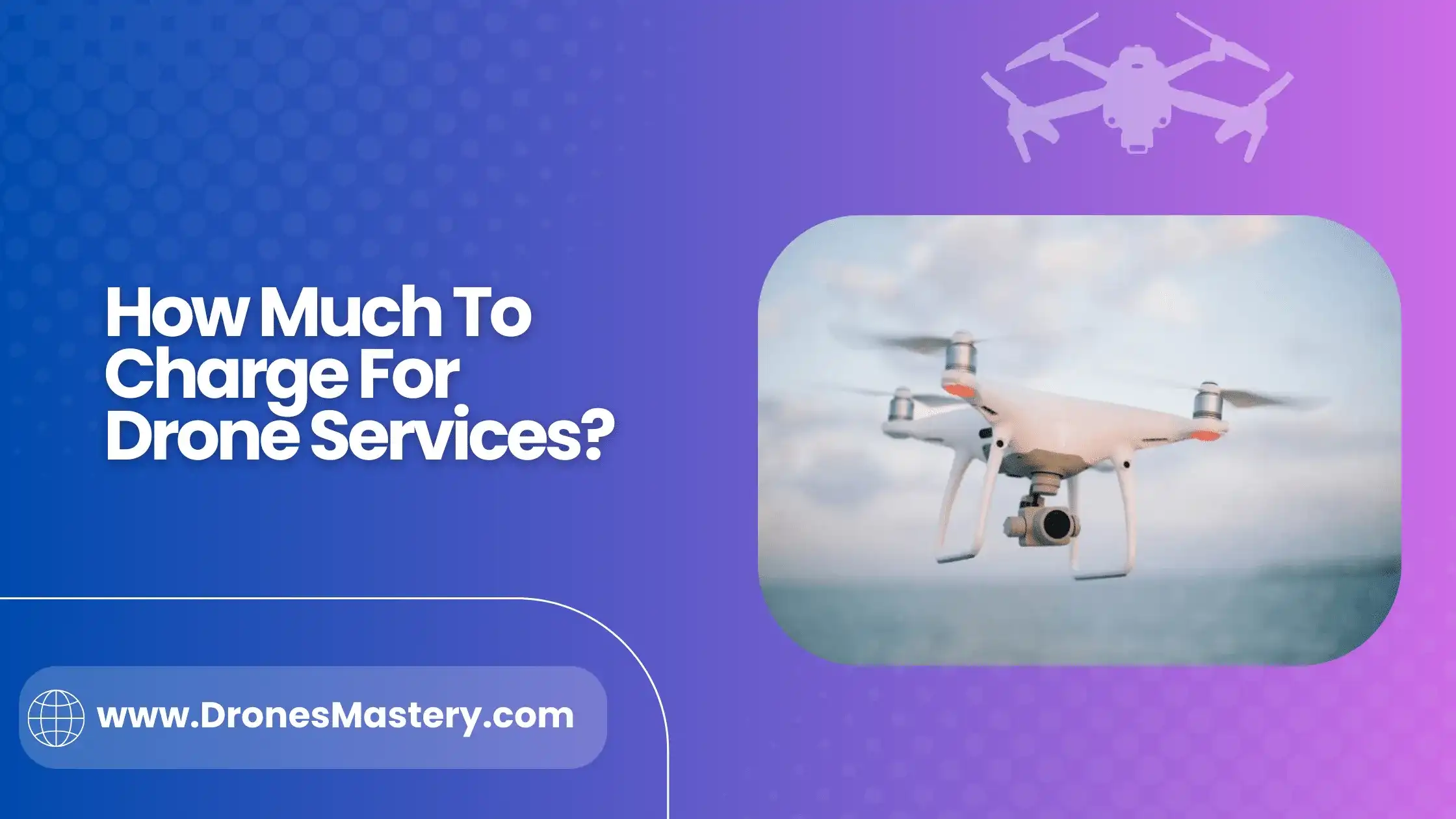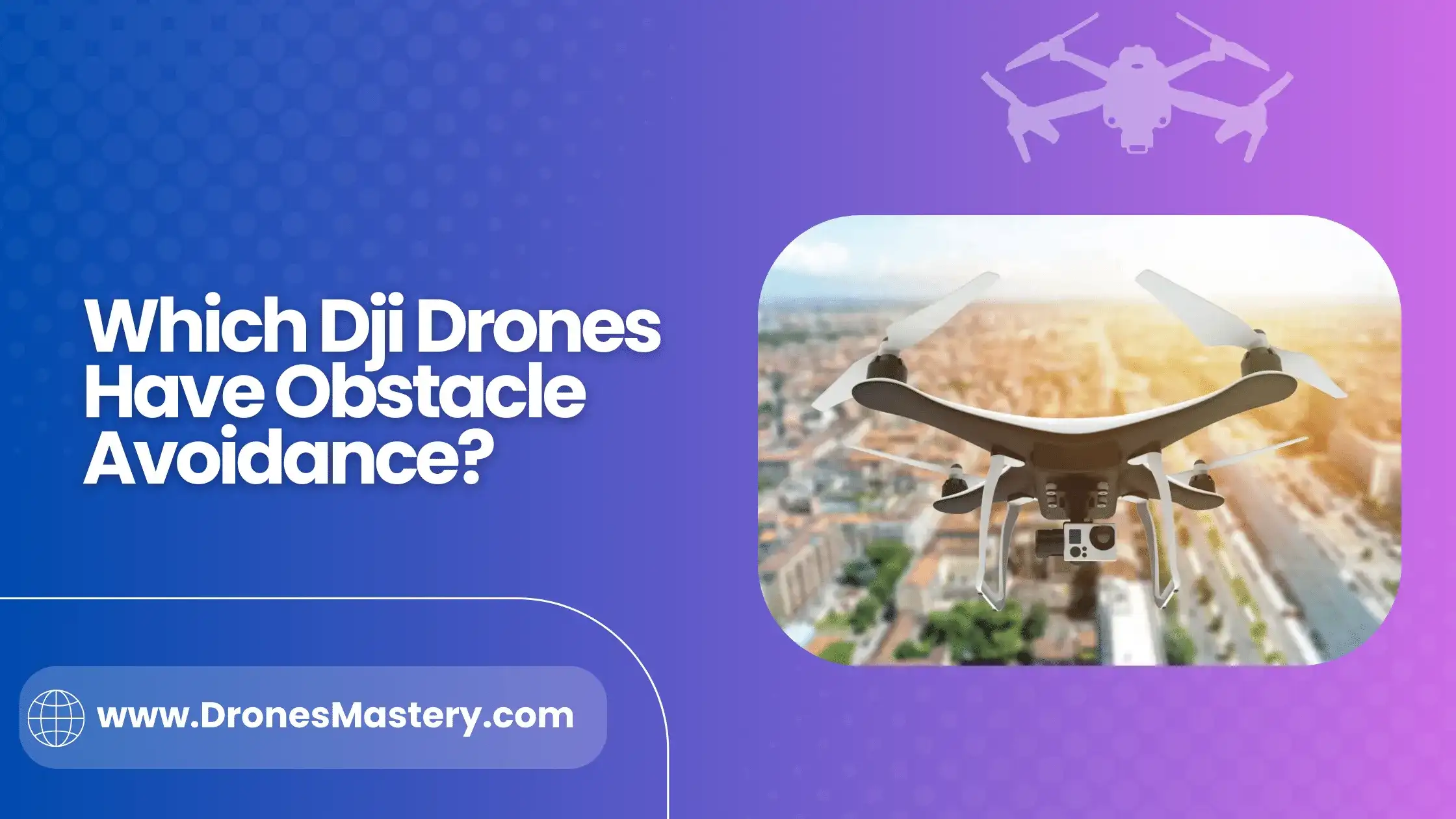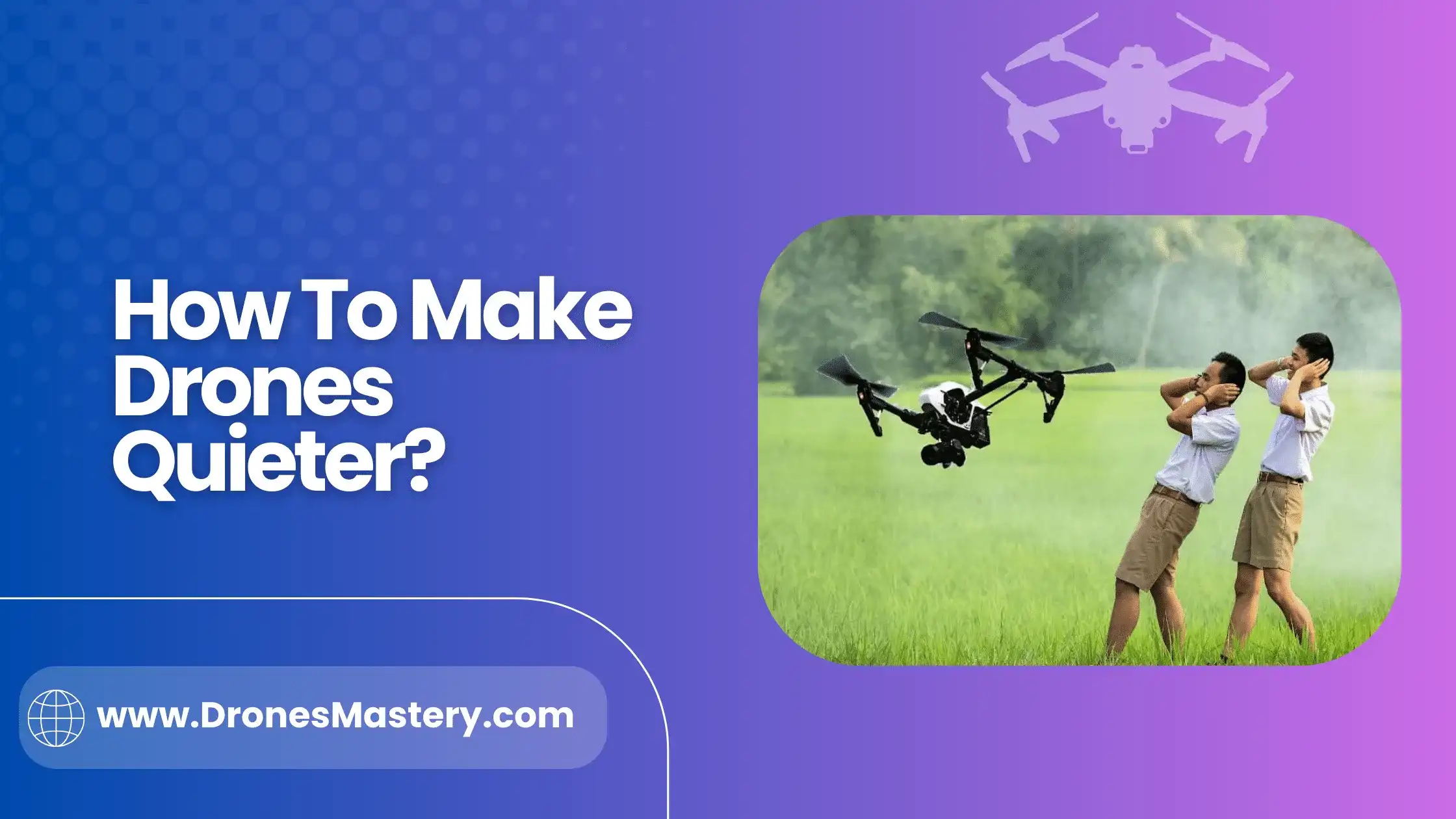If you’ve ever been curious about the promise of drone technology, you may have been surprised to learn how expensive some drones can be. With prices ranging from a few hundred dollars for basic recreational models all the way up to thousands for sophisticated professional-grade equipment, many are left wondering why there is such a wide disparity in cost.
Here, we’ll explore not only why drones have become so pricey but also what potential buyers need to know when shopping around for their perfect model. So whether you’re looking for an entry-level toy or something more advanced that will take your aerial photography and videography skills to the next level, we will help you get started on your search.
Many drones are expensive because of the expensive parts that are used on them. Just a few of these expensive drone parts and features are:
Materials Used To Make Drones:
Drones are often constructed of lightweight materials like carbon fiber, plastic, and aluminum. These materials are utilized to minimize the total weight of the drone, which is necessary for longer flight periods and greater maneuverability. Carbon fiber is a common material for drones because of its excellent strength-to-weight ratio, making it both robust and light. Another typical material for drone parts is plastic. Aside from these materials, drones require a variety of electronic components such as sensors, motors, and propellers.
- Sensors
- Gimbals
- Camera Lens
- Propellers
- Thermal Imaging
- HD Camera
Sensors:
Sensors are one of the most important components that can be found in drones. They help with navigation, as they can detect changes in altitude, wind speed and weather conditions.
Gimbals:
Gimbals are also expensive parts that provide stabilized footage by allowing the camera to move independently from the drone.
Camera lenses play an important role too since they give you more control over the amount of detail that can be captured in a single shot.
Propellers:
Propellers are also essential since they provide the necessary thrust for drones to fly.
Thermal Imaging:
Thermal imaging is becoming increasingly important as it enables drones to detect objects or people in difficult-to-see places.
HD Camera:
HD cameras are valuable because they capture images with greater clarity and sharpness, allowing users to generate detailed footage from a distance.
Electric Components:
While drones can be manufactured of low-cost materials such as plastic, their electronic components can be fairly costly. High-end drone motors, for example, can cost hundreds of dollars individually, while drone batteries can cost several hundred dollars as well. Sensors can be costly as well, with some high-end obstacle avoidance sensors costing hundreds of dollars per.
One reason for their high price is that they must be both lightweight and powerful, which frequently necessitates the use of specific materials and advanced manufacturing procedures. Furthermore, many drone components must be custom-designed to meet the specific needs of each drone, which might increase the cost.
Research And Development:
Research and development (R&D) is a major contributor to the high cost of drones. Companies spend a lot of money on R&D to create new and improved drone technologies that can compete in a continually changing industry. Extensive testing, prototyping, and refinement are required, which can be costly and time-consuming.
Aside from the materials and components used to manufacture drones, the expense of research and development (R&D) also adds to their high cost.
Is It Easier To Fly More Expensive Drones?
Yes. Drones with more advanced flight functions, such as obstacle avoidance, hovering stability, and GPS, are easier to fly. These characteristics enable the pilot to automatically react to changing conditions, avoiding a collision or loss.
Even while pricier drones are easier to fly, sometimes easy isn’t the best option. Depending on its intended purpose, it is recommended to purchase a drone. Drone photographers, for example, would benefit from mid-range drones because they will still provide greater capabilities and tools for easy and enjoyable flight.
Purchasing a less expensive drone has many advantages . While they are difficult to operate because of the lack of intelligent flight modes, these drones will push you and make you a better pilot. To improve, you’ll need to manually master the controls and develop muscle memory.
However, if you want to join drone racing, you must first develop outstanding handling abilities because most racing drones lack revolutionary features. Furthermore, you’ll be flying so rapidly that you’ll need your fingers on the control sticks.
This learning, however, demands more patience and effort, but it provides a solid basis for becoming a professional. Sometimes the clever features do not work as planned. However, with basic abilities, you may simply navigate your way through risky situations and to safety.
Should You Invest In An Expensive Drone?
Expensive drones have superior performance and durability. They are made of high-quality materials and feature a weather-resistant structure. Nonetheless, they contain innovative features that guarantee top performance.
The material of a drone determines how well it will withstand strong winds or heavy rain. In addition, the material has the ability to adjust the level of impact in the event of a crash.
When a drone crashes, durable materials absorb less energy than cheap materials. Finally, the more expensive drone lasts longer.
A drone’s advanced functions, such as Return To Home, Follow Me, obstacle avoidance, and hovering stability, make it enjoyable and simple to fly. Even better, the many functions allow you to use the drone for a variety of purposes.
Remember that an expensive drone is more difficult to ‘outgrow’ than a cheap one because you have everything you want.
Conclusion:
After exploring all the factors that contribute to the cost of a drone, it’s clear to see that there is no easy answer as to why drones are so expensive. From its intricate and high-end designs, camera quality, and accessories, to operating costs, regulations, and taxes, many elements go into making a top-of-the-line drone. Keep in mind that just because drones can be expensive doesn’t mean you need to break your budget. With the right research and shopping around, you can still find an affordable model that meets your needs.







